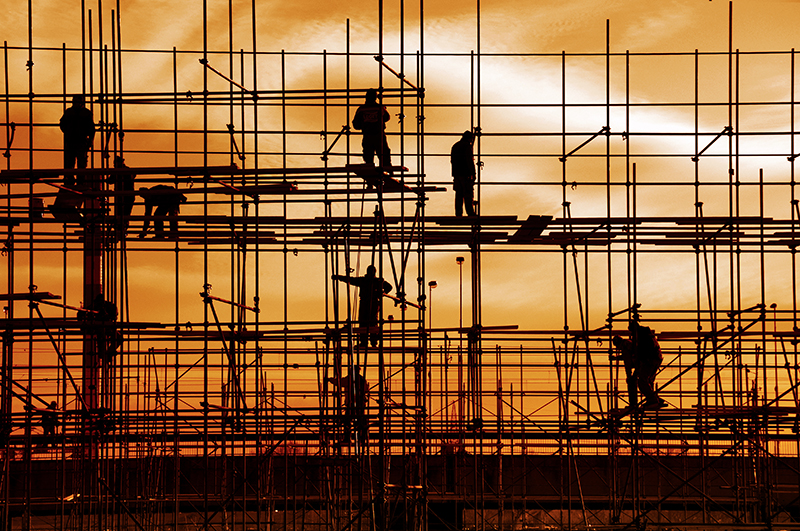
As Congress and the Biden Administration consider the path forward with the proposed infrastructure bill, it is important to be cognizant of the physical infrastructure needs of our campuses throughout higher education.
Higher education institutions in the United States spend about $36.8 billion annually on facilities operations, maintenance, and utilities, and an average of $27.8 billion annually for the construction of new facilities and/or the renovation of existing buildings. Colleges and universities provide more than 6.2 billion square feet of floor space in 210,000 buildings. The buildings’ average age approaches 50 years and have a Current Replacement Value (CRV) estimated to exceed $2 trillion (includes utilities infrastructure, roads, and landscaping). All of this investment is burdened today by a backlog/need (urgent deferred renewal) estimated at $112.3 billion.
This backlog figure can be further subdivided as follows:
Public institutions: $76.1 billion
Private institutions: $36.2 billion
Research/Doctoral institutions: $40.8 billion (includes Special Focus such as medical and performing arts)
Masters institutions: $29.5 billion
Baccalaureate institutions: $14.3 billion (includes Tribal Colleges & others)
Associates institutions: $27.7 billion (2-year/Community Colleges)
A one-time investment addressing these needs would go a long way in stabilizing and catching up with the needs of the decaying portfolio. However, it does not alleviate institutional responsibility to evaluate their current space utilization and keep up with strategic investments in their existing space. With total space outpacing enrollment growth in recent years, a misalignment has arisen between the amount of space institutions can afford to sustain long term and what has been built.
Any funding provided by the federal government should also incentivize even more active stewardship of existing portfolios of facilities and infrastructure by individual schools. The resulting alignment would preserve the impact of federal investments, enhance the condition of the aging portfolio, drive investment in healthy environments through critical HVAC (heating, ventilation, and air conditioning) upgrades made so apparent during the pandemic, and sustain the physical communities so vital to the dynamic American collegiate experience. Institutions are then enabled to seriously reconsider/reimagine their physical footprint moving forward.
Lander Medlin is APPA’s executive vice president and can be reached at [email protected].


